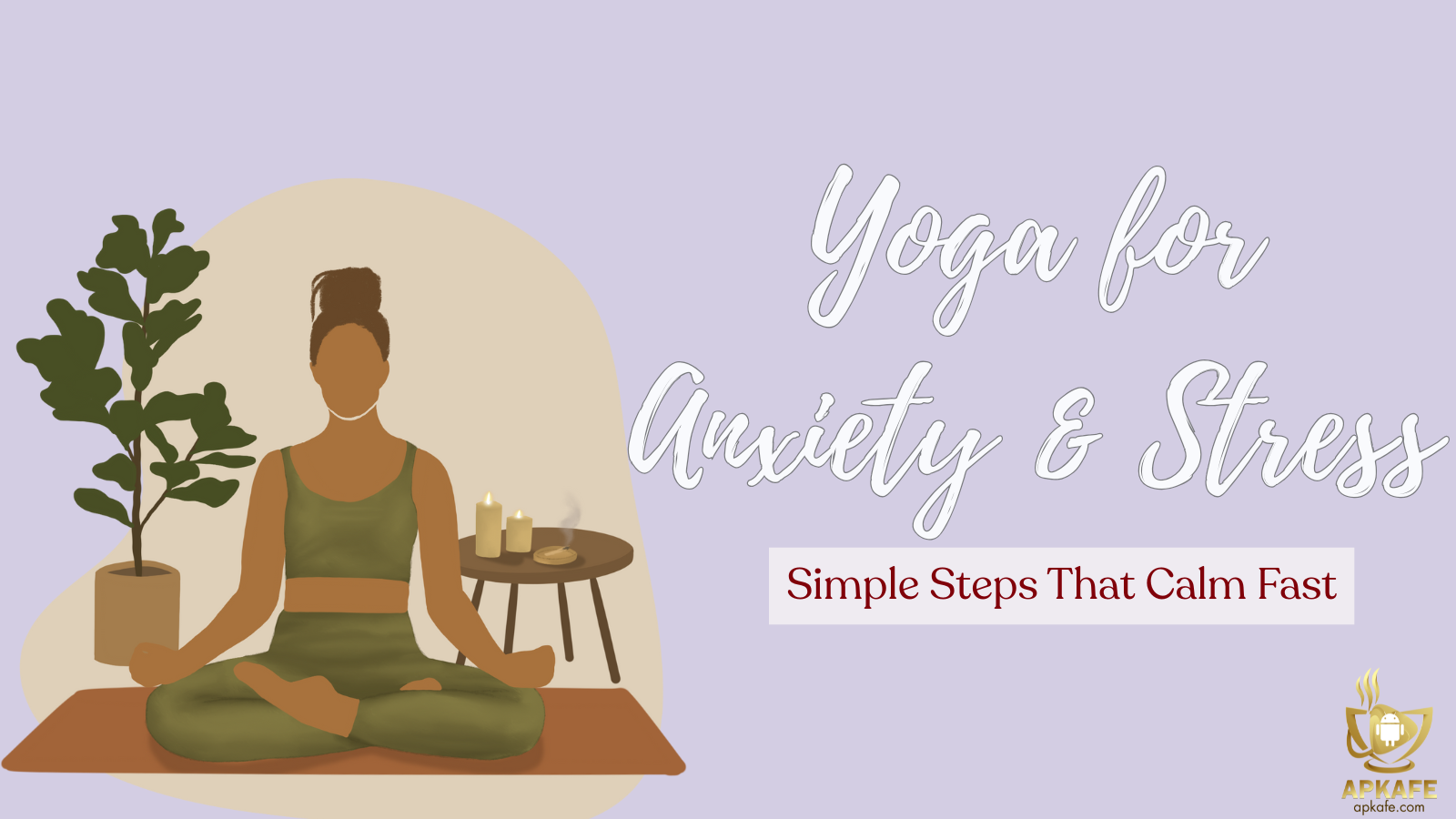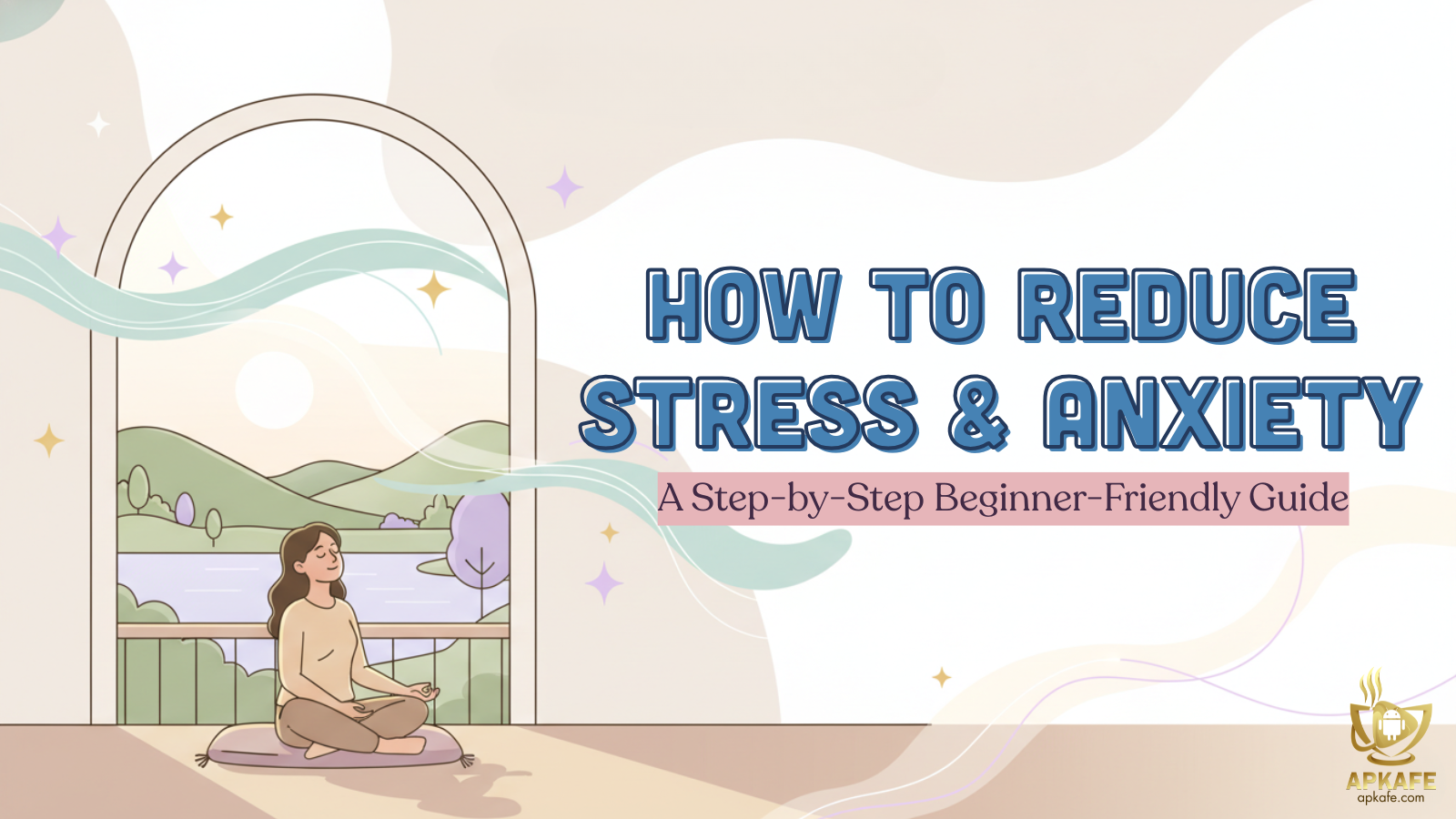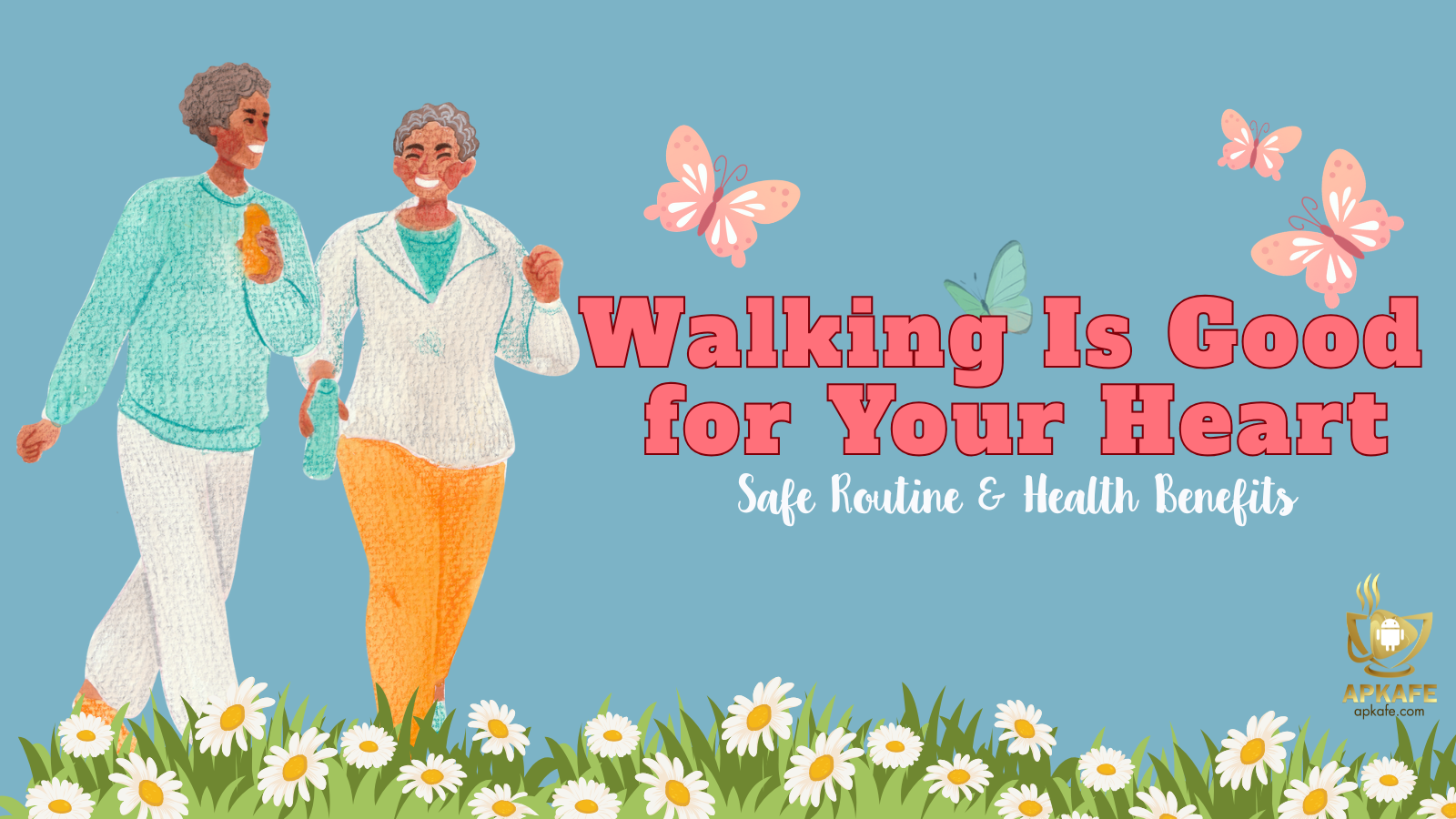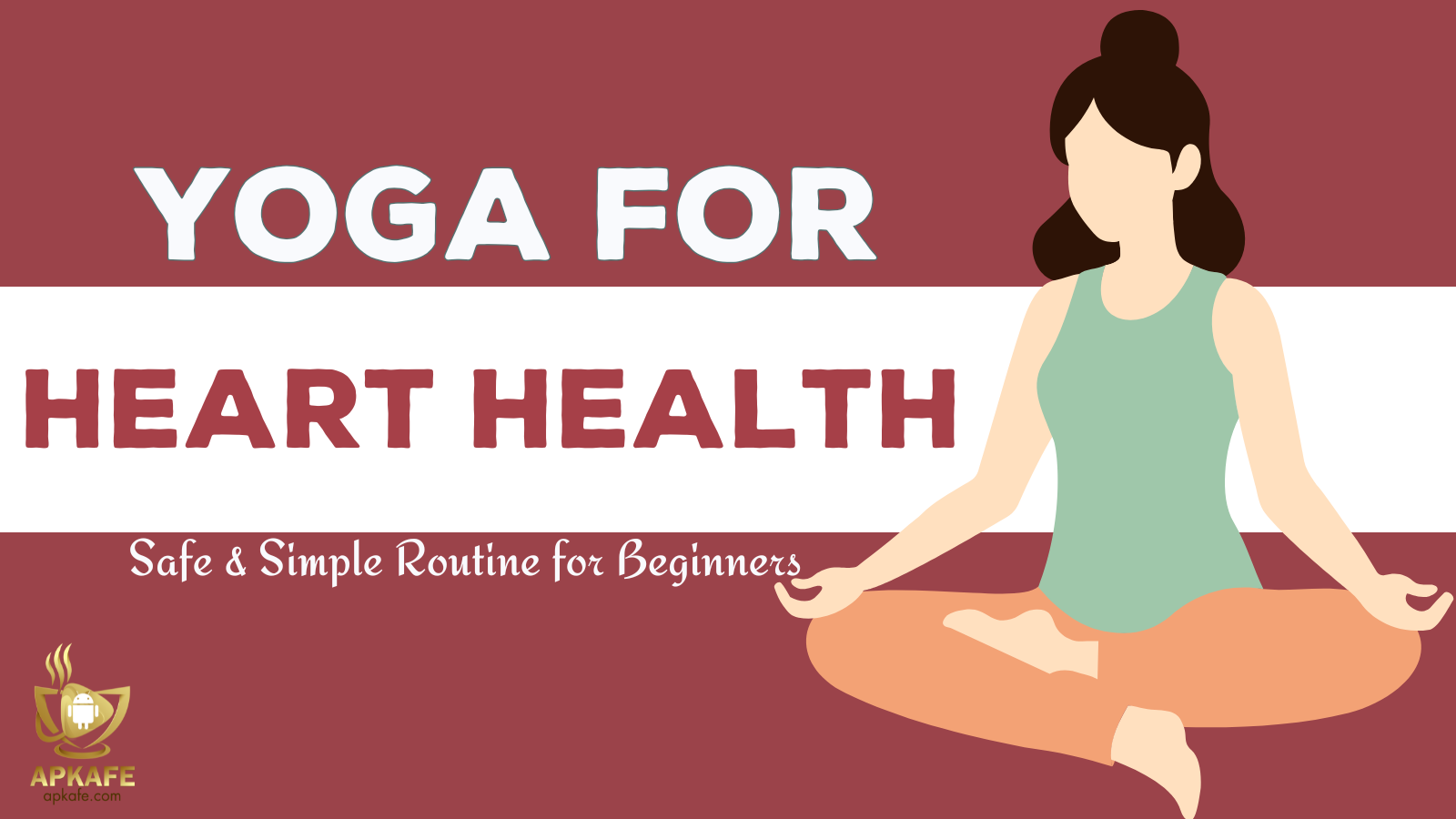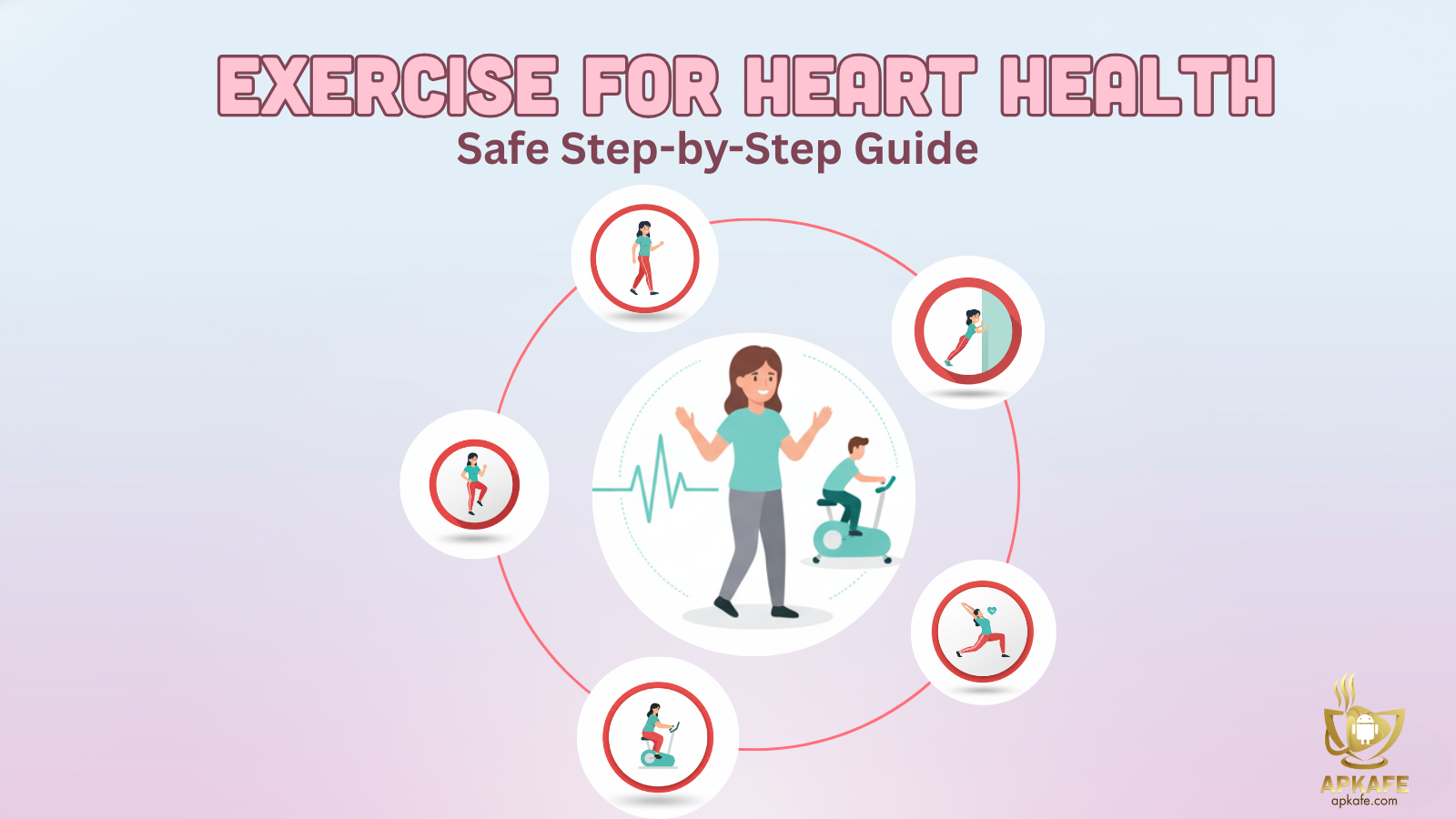How to Sleep Better During Pregnancy
Pregnancy transforms your body—and often your nights. Many moms-to-be find themselves wide awake at 2 a.m., adjusting pillows and counting kicks instead of sheep. The good news? Poor sleep during pregnancy is common and manageable with the right approach. In this guide, you’ll learn how to sleep better during pregnancy, from gentle first-trimester rituals to comfort tricks for your final weeks. You’ll also see how trusted wellness and sleep apps can track rest, calm your mind, and help you find your safest position. By the end, you’ll have a clear trimester-by-trimester plan to enjoy deeper, more restorative sleep for both you and your baby.
Why Pregnancy Affects Sleep (and Why It’s Normal)
Ever wondered why your favorite sleeping position suddenly feels impossible? Here’s what’s happening behind the scenes.
Your hormones—particularly progesterone and relaxing—soften muscles and ligaments for birth, but they also cause backaches, reflax, and bathroom breaks. Increased blood volume and body temperature can further interrupt rest.
Instead of fighting these changes, adapt your environment: keep the room cool (68–70°F / 20°C), use breathable cotton sheets, and build a nightly ritual that signals your body to wind down.
Micro-Tip: Limit caffeine after noon and keep water nearby to avoid dehydration.
How Sleep Changes During Pregnancy
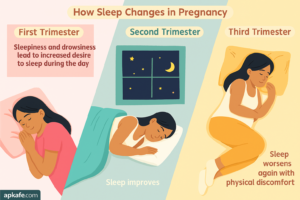
If you’ve noticed your sleep rhythm feels different every few weeks, you’re not imagining it—your body’s sleep architecture is evolving.
Pregnancy doesn’t just change how much you sleep—it reshapes how you sleep. Hormones, body temperature, and emotional shifts affect every stage of rest:
-
First Trimester: You may feel exhausted during the day but struggle to fall asleep at night. Hormonal surges increase drowsiness yet disrupt deep sleep cycles.
-
Second Trimester: This is often called the “sweet spot.” You might enjoy longer stretches of uninterrupted sleep—until your growing bump starts to make side positions necessary.
-
Third Trimester: Sleep becomes lighter again due to body discomfort, baby movements, and frequent urination. Short naps and gentle breathing exercises become your best allies.
Most pregnant women experience fragmented sleep, not because they’re doing anything wrong, but because their bodies are multitasking—building new life while keeping everything else running.
Now that you understand why sleep changes throughout pregnancy, it’s time to look at how to adapt. Each trimester brings its own rhythm, challenges, and comfort needs. By learning simple adjustments—like changing your sleeping position, setting a calming routine, or using the right app—you can make every stage of pregnancy more restful.
Let’s begin with the first trimester, when your body starts adjusting to new hormones and sensations.
First Trimester — Managing Nausea & Fatigue at Night
By the end of this section, you’ll have a calming routine that helps you drift off despite nausea and hormonal ups and downs.
- Eat a light protein snack (yogurt or nuts) before bed to stabilize blood sugar.
- Sip ginger tea or plain water to ease nausea.
- Elevate your upper body slightly to lessen heartburn.
- Try guided breathing or Calm meditations to relax.
Dim screens an hour before bedtime to boost natural melatonin levels.
Second Trimester — Finding Comfort as Your Body Changes
There’s one small change in pillow placement that most moms say transforms their sleep—let’s find it.
Your bump and hips need extra support. Begin left-side sleeping, placing a pillow between your knees and another beneath your belly.
Additional Tips
- Gentle prenatal stretching or yoga reduces cramping.
- Stop drinking fluids an hour before bed.
- Avoid heavy or spicy late-night meals.
- Track patterns with Sleep Cycle or Headspace.
This is the ideal time to lock in a consistent bedtime before the third trimester.
Third Trimester — When Every Kick Wakes You Up
In a few minutes, you’ll learn one breathing rhythm that can relax both you and your baby.
- Sleep on your left side with your torso slightly raised.
- Use extra pillows to form a supportive “nest.”
- Practice slow 4-6 breathing (inhale 4 s → exhale 6 s).
- Try white-noise or rainfall sounds to stay asleep.
- Keep a cool mist or compress nearby for overheating.
Short power naps (≤ 30 min) can restore energy safely.
Pregnancy-Friendly Sleep & Relaxation Apps
These apps aren’t just for tracking—they teach your body to relax even when your mind can’t.
| App | Best For | Key Features | Privacy Cue |
|---|---|---|---|
| Calm | Mental relaxation | Guided meditations, sleep stories, breathing timers | Mic optional for sleep tracking |
| Sleep Cycle | Data-driven moms | Analyzes sound patterns, a gentle alarm | Disable location sharing |
| Pregnancy+ | Personalized pregnancy tips | Daily sleep advice, fetal-growth insights | Stores data locally |
💡 Pair your sleep app with a fitness app for heart-rate and rest insights.
Health & Privacy Disclaimer
- Consult your OB or midwife before testing new postures or apps.
- Avoid self-medicating unless prescribed.
- Report dizziness, swelling, or breathlessness promptly.
- Choose verified apps with transparent privacy policies.
- Check and limit app permissions (camera, mic, location).
- Use digital tools as support—not as medical replacements.
- Seek certified help if insomnia or anxiety persist.
Pregnancy Sleep Comparison Table
| Trimester | Main Challenges | Best Positions & Aids | Helpful Apps | Safety Notes |
|---|---|---|---|---|
| 1st | Nausea, fatigue | Side sleep + hip pillow | Calm, Insight Timer | Avoid supplements; airplane mode helps |
| 2nd | Back pain, reflux | Left side + knee pillow | Sleep Cycle, Headspace | Avoid overheating; check permissions |
| 3rd | Kicks, heartburn | Semi-upright left side | Pregnancy+, Calm | Don’t lie flat; review app privacy |
💡 Focus on comfort moments—small wins lead to better rest overall.
💬 FAQs
Why is it hard to sleep during pregnancy?
Hormonal shifts, reflux, and bathroom trips disrupt rest—especially late in pregnancy. Gentle posture and cooling techniques help.
What’s the safest sleeping position?
On your left side—it promotes circulation and eases back pressure.
Can I use pillows for support?
Yes. A “C” or “U”-shaped maternity pillow relieves strain and improves alignment.
Are sleep-tracking apps safe?
Yes, if verified and privacy-conscious. Disable unnecessary permissions.
When should I call my doctor?
If sleeplessness lasts > a few days or comes with pain, swelling, or shortness of breath.
Conclusion — Embrace Rest as Self-Care
Tonight, give yourself permission to rest—because good sleep is how you nurture your baby.
Sleep in pregnancy isn’t perfect—it’s personal. Aim for comfort, not perfection. With mindful habits, supportive pillows, and privacy-safe relaxation apps, you can reclaim peaceful nights.
Rest isn’t indulgent—it’s preparation for motherhood. Each gentle breath, each quiet hour, is an act of care for the little life you’re growing.
User Reviews

